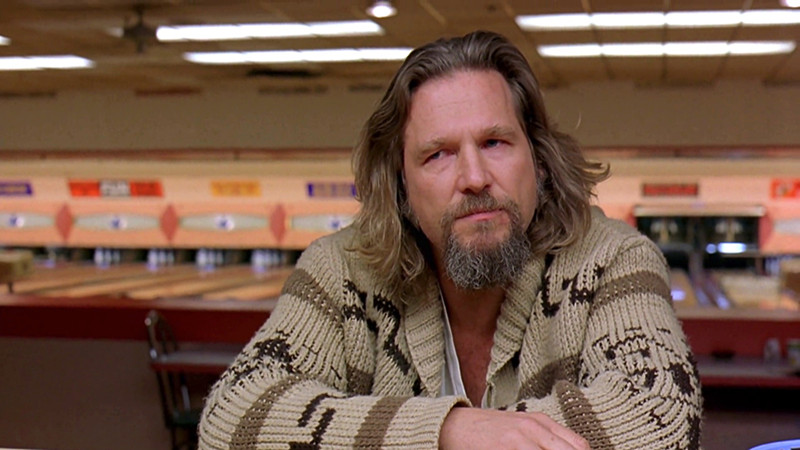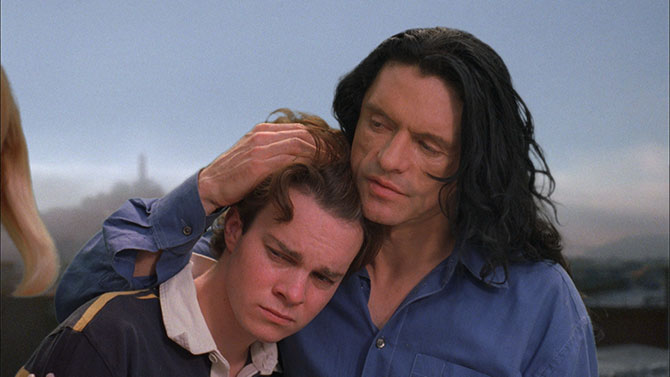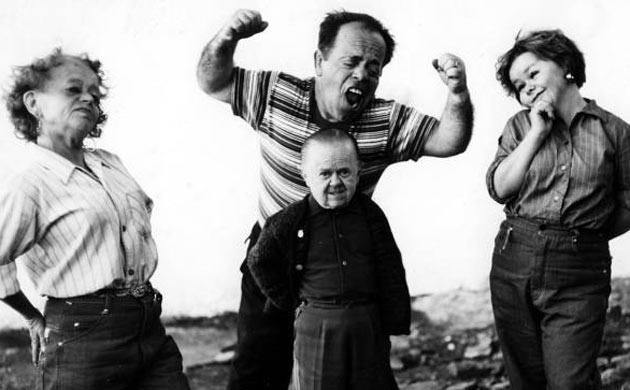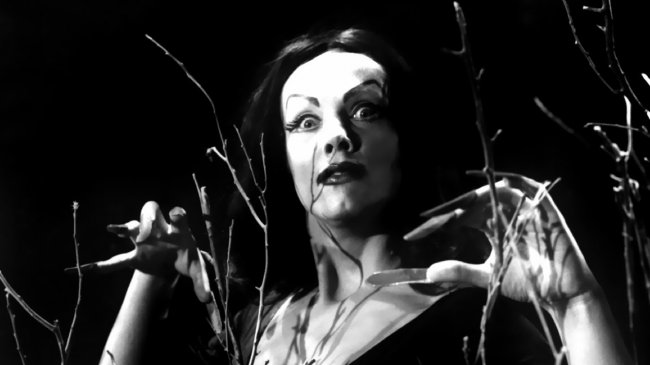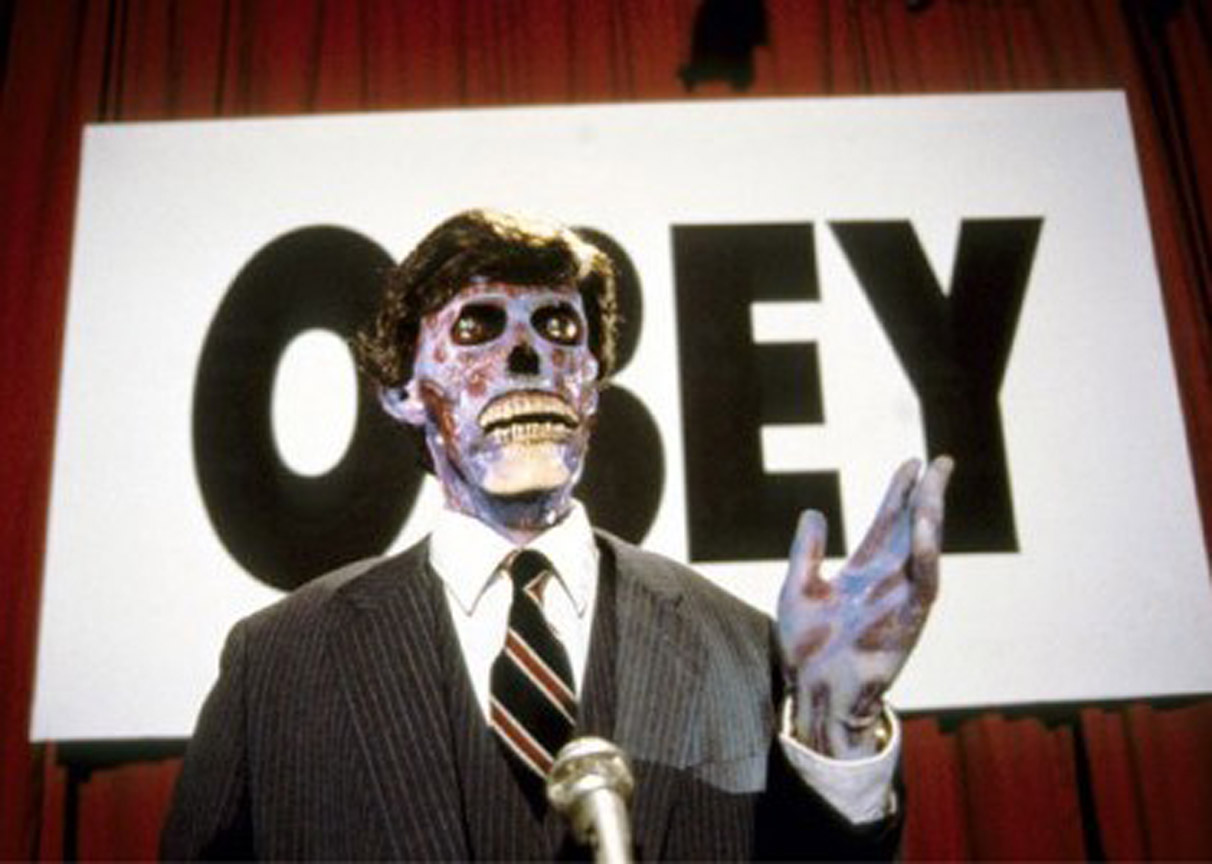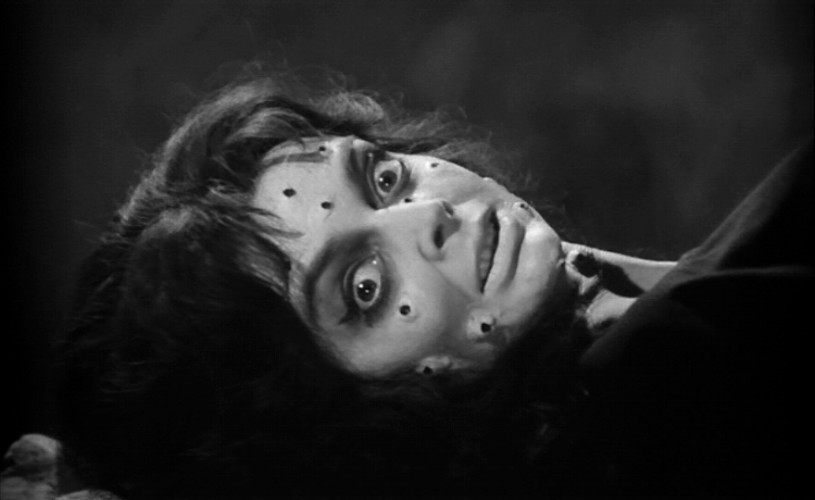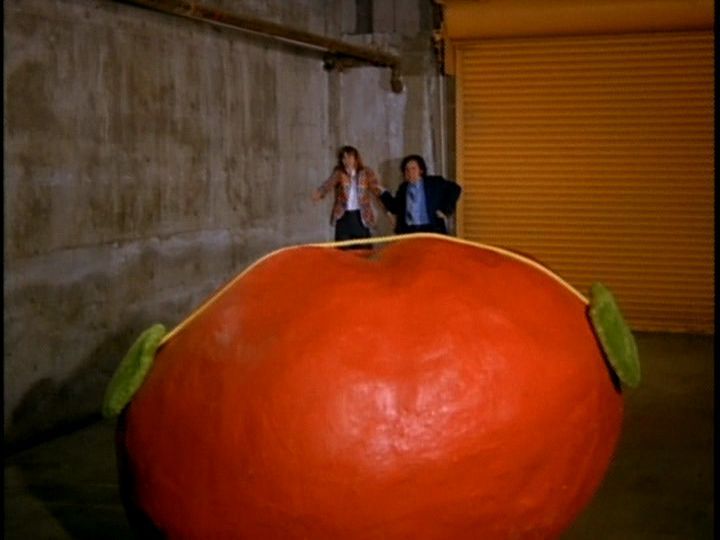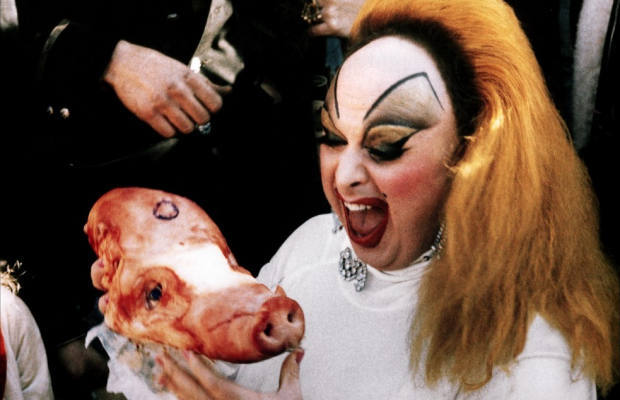Have you ever clicked with a crazy movie or seen something weird and wonderful that seemed made just for you? Odds are this sort of cinematic caprice was a cult film, perhaps one that led you to an almost unhealthy obsession with something stylishly strange.
The cult film experience differs from mainstream movies by appealing to unique sensibilities, be it the counterculture, genre films, or niche audiences, zeroing in on taboo content, upending convention, offering razor-sharp satire, exploitation, or, best of all, by being legitimately dangerous. If you crave a more intimate, artful, or outright insane connection with cinema, consider joining a cult.
25. The Room (2003)
Tommy Wiseau’s version of auteur arthouse cinema, The Room, is an indulgent mess. Fearlessly foolish, it feels less like the work of a driven filmmaker as it does a detour into a manchild’s tantrum over his ex-girlfriend. It’s a ridiculously bad film; terribly overwritten (while remaining under-plotted), over-acted, overrun with eccentricity, unintentional comedy, and idiotic technical flourishes.
As the abysmal “plot” unfolds—something to do with a spurned lover planning revenge—unconscious camp ensues.Wiseau, who wrote/directed/starred and produced, originally presented his film as a dirge-like drama akin to Goethe’s literary classic, The Sorrows of Young Werther.
When midnight screenings on campuses began across the US, coeds clung to The Room’s ironic underpinnings, embracing the atrocious performances and plot holes, screaming at the screen and devising rituals to enrich the melodrama. As a post-camp cult phenomenon, Wiseau claims he was always in on the joke. Yeah, right.
24. Even Dwarfs Started Small (1970)
From the start, Werner Herzog’s always been a firebrand. Roger Ebert wrote that “[Herzog] never created a single film that is compromised, shameful, made for pragmatic reasons or uninteresting. Even his failures are spectacular.” A spectacular spirit certainly surrounds his sophomore feature, 1970’s notorious Even Dwarfs Started Small.
Existing in a pocket universe where all humans are dwarf inmates in an unscrupulous institution on the brink of rebellion. The film follows a bizarre dream logic as the inmates overrun the asylum, and go berserk in increasingly alarming ways. Ways that involve whacked-out weddings, crucified monkeys, a cannibalizing chicken, pyromania, and torture, all set to unsettling tribal music.
Herzog admits that much of the film’s misery resulted from time he spent in a third world prison (due to altercations on a previous film, his eerie documentary on mirages, Fata Morgana), where he fell ill to a blood parasite. And boy, does it show.Of all the Grand Guignol imagery on display, the maniacal laughter of Hombre, the smallest cast member, chortling endlessly at a struggling camel, is the hardest to unremember. A mad masterpiece.
23. Plan 9 from Outer Space (1959)
The symbol of so-bad-it’s-good B-movies, Plan 9 from Outer Space is Edward D. Wood Jr.’s Citizen Kane. Revered as a camp classic, Wood’s 1959 sci-fi rattletraps’ legacy was greatly bolstered by Tim Burton’s nostalgia-imbued biopic from 1994, Ed Wood, cementing his standing as a pop culture linchpin.
Plan 9’s plot is at sixes and sevens as the startling arrival of a UFO rattles witnesses. The arrogant aliens want to help mankind, but come across as jerks, so are ignored. This irks the visitors who decide to reanimate the dead. Nonsensical dialogue doesn’t clear much up, nor does Wood’s use of stock footage, mismatched shots (continuity problems abound), or awful acting combined with strange casting.
The same clips of Bela Lugosi, who died during filmmaking, are used repeatedly, integrated with footage of chiropractor-turned-actor Tom Mason, unconvincingly standing in for Lugosi. Other problems overflow, too numerous to mention, all representative of Wood’s indifference as director. He’s so laissez-faire it’s laughable, making Plan 9 an unforeseen scream.
22. They Live (1988)
To appreciate John Carpenter’s 1988 sci-fi thriller, They Live, you have to be forgiving, as it’s a shit ton of fun if you don’t think too hard—despite it constantly trying to be oh-so-clever—and it’s also a great representation of 1980s objet d’art. With a signature overdone musical score,
Carpenter throws the audience into an abrasive inner-city America with ghetto politics at the fore, following mullet-sporting drifter John Nada (played with aplomb by wrestler “Rowdy” Roddy Piper), frequenter of soup kitchens and shantytowns, looking to get gainfully employed. Nada unearths a plot led by a brave resistance to expose an alien conspiracy.
The aliens are amongst us, manipulating in overt and covert ways, disguised but in plain sight. Nada discovers a pair of sunglasses manufactured by the rebels, that cuts through the alien’s deception. Everywhere he looks; billboards, magazines, newspapers, they all mask subliminal messages of a one-party nature (dollar bills, viewed this way, read “THIS IS YOUR GOD”), forcing complacency, consumption, and obedience.
They also reveal the true, unpretty appearance of the aliens. “You know,” spits Nada, confronting one, “you look like your head fell in the cheese dip back in 1957.” They Live is a tense and darkly comic film, and one of Carpenter’s most politically relevant. As an 80’s actioner, there’s few as subversive or as fun.
21. Black Sunday (1960)
Few filmmakers are as imitated as Italian innovator Mario Bava. After spending the 1940s and 1950s developing his craft as a cinematographer, his 1960 directorial debut, the gothic horror Black Sunday, would be his breakthrough. As a visual stylist possessing incredible instincts for atmosphere, Bava ushered in the Golden Age of Italian horror.
Black Sunday, inspired by Nikolaj Gogol’s short story “Vij,” courted controversy right away, due to violence and bloodshed. By today’s standards the film’s relatively subdued, but for 1960s audiences, particularly in the UK where it was banned, this grisly, vampiric revenge fantasy went over huge. Barbara Steele’s dual role as Katia Vajda/Princess Asa Vajda became an archetypal image of evil and she, a dignitary of the genre.
20. House (1977)
Director/producer Nobuhiko Obayashi experimental roots are laid bare in House, a fantastical fever dream of a film, overflowing with baffling symbolism, nuclear war allusions, wtf moments, off-kilter cartoonish comedy, floods of blood and kitschy collages aplenty.Like the illegitimate offspring of Dario Argento and Saturday morning Scooby-Doowith a heroic dose of LSD, House is a grab bag of ghoulish goodies.
There’s a people-eating piano, a white cat from hell—who makes the Cheshire cat look like a purring kitten—a crazy grandmother and characters named Gorgeous, Sweet, and Kung-Fu.Cineastes will adore the expressionistic techniques that recall Powell and Pressburger’s The Red Shoes, while everyone else will be certain someone spiked the Kool-Aid.
19. Attack of the Killer Tomatoes (1978)
Who knew that John DeBello’s low budget burlesque of B-movies, 1978’s Attack of the Killer Tomatoes, would father a franchise (including sequels, cartoons, a short-lived TV series, and video games) and firmly plant itself a place in pop culture as gratifying garbage? Best construed as a saucy sendup of disaster films, very in vogue in the late 1970s, DeBello’s movie is a deliberately silly, and self-aware spectacle.
The story, little more than a thinly veiled stopgap to set up pearl-on-a-string style vignettes, and musical numbers, concerns an outbreak of, you guessed it, killer tomatoes. These nasty nightshades infiltrate American soil, ruthlessly attacking everyone, forcing the President to enlist a team of “specialists” to face them. The one-joke sell gets juiced for all it’s worth with results that range from rotten to ripe (you think these puns are bad, watch the film!).
18. Pink Flamingos (1972)
Kitschy cult icon and connoisseur of the uncouth, John Waters directorial debut from 1972, Pink Flamingos, is a master class in trash. It’s also gut-bustingly hilarious, outrageous at every turn, and yes, frequently, unwatchable. Starring splashy drag queen Divine as Babs Johnson, Pink Flamingos is both pitch-black comedy and exacerbated wildcat exploitation picture.
Divine plays the “filthiest person alive,” a criminal on the lam, hiding out in the suburbs, and eventually drawing ire from a contender couple, the Marbles, who claim to be every bit as base and offensive as she. The Marbles, Connie and Raymond (Waters regulars Mink Stole and David Lochary), take it as their charge to discredit and destroy Divine, with a plan involving a black market baby ring/adoption clinic catering to lesbians, and a plot to sell heroin to ghettoized public schools.
What follows is some of the most objectionable and off-color abuses ever to be wed to celluloid. Acts of emasculation, cannibalism, bestiality (the unsimulated sex scene with a chicken is justifiably notorious), and Babs’ for real shit-eating grin, are all the stuff of tawdry legend.
